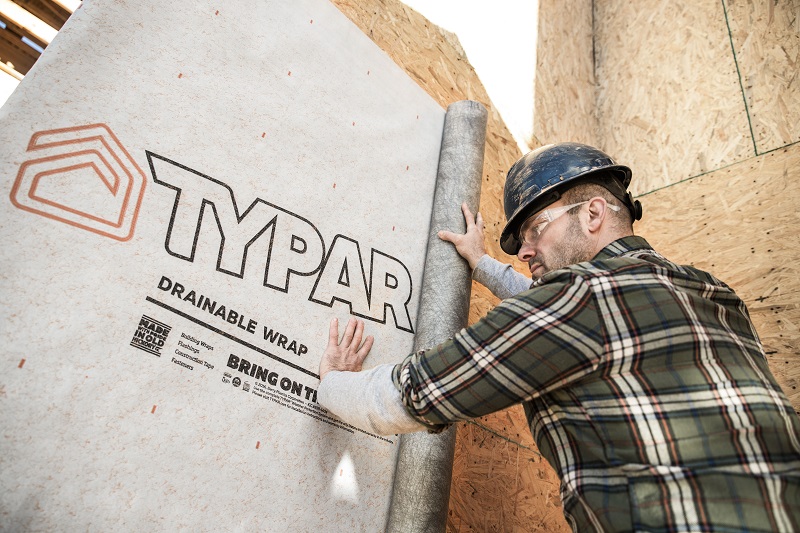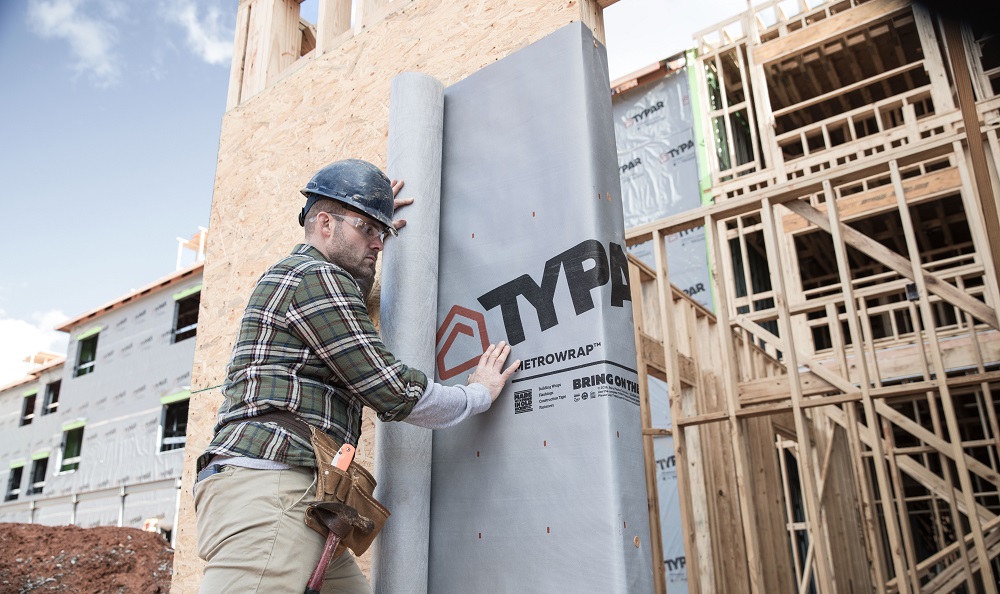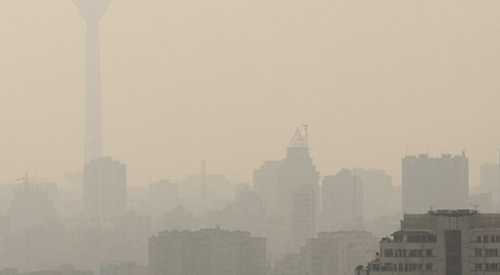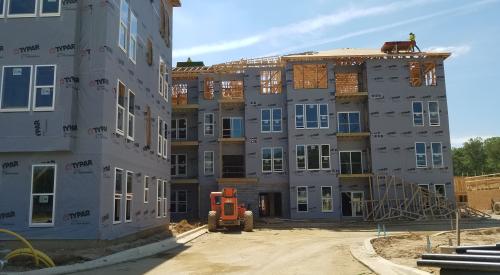Buildings and dwellings should not cause their owners or tenants discomfort. According to the Environmental Protection Agency (EPA), Americans spend 90% of their time indoors. Because of this, physical comfort is an important factor to keep in mind when building new homes. Uncomfortable conditions and poor indoor air quality (IAQ) can limit the ability homeowners’ comfortability and can lead to illness. IAQ conditions depend on the construction, maintenance, and design of a home. If done incorrectly or with subpar materials, the application of a house wrap and a weather protection barrier can significantly affect the IAQ and energy costs if done incorrectly.
Most pollutants affecting IAQ come from inside the building itself. Pollutants range from chemicals, living organisms, or gases. Cleaning products used inside the home introduce chemicals that compromise that air quality. Combustion sources, like cooking appliances and fireplaces, can also affect IAQ by releasing carbon monoxide. Pollutants can cause health problems like sore eyes or headaches, while others can cause more severe issues like heart disease or cancer.
The building envelope design can have a large impact on heating, cooling and ventilation. A house wrap should cover completely and be properly lapped in order to shed water. Poorly applied house wrap can cause an excess of moisture that sits within the walls. This can lead to issues like mold and rot, which can produce allergens that can severely effect those with asthma or allergies. Contractors should inspect the under-construction homes for any inconsistencies that could possibly allow water or other outdoor elements into the structure. The EPA states the key to mold control is moisture control. Keeping the home at an adequate temperature and low humidity (between 30 – 50%) prevents mold from forming.

Weather protection barrier manufacturers, like TYPAR®, act as an air and moisture barrier while allowing moisture vapor to escape from the wall cavity to the outside. While protecting the home from harsh elements, it provides energy efficiency and can reduce energy costs up to 15%. A tight building envelope is key to reducing energy loss but can also create problems, like the inability to release moisture, if applied too tightly. Factors such as improper fastening, incomplete coverage and poor flashing can all affect energy efficiency and IAQ.
The majority of indoor air quality issues can be prevented or easily corrected when the project team is knowledgeable and aware of these issues. Also, learning the important components of proper air quality management and energy efficiency as an occupant puts homeowners in a good position to help contractors and manager keeps a comfortable and healthy environment.












